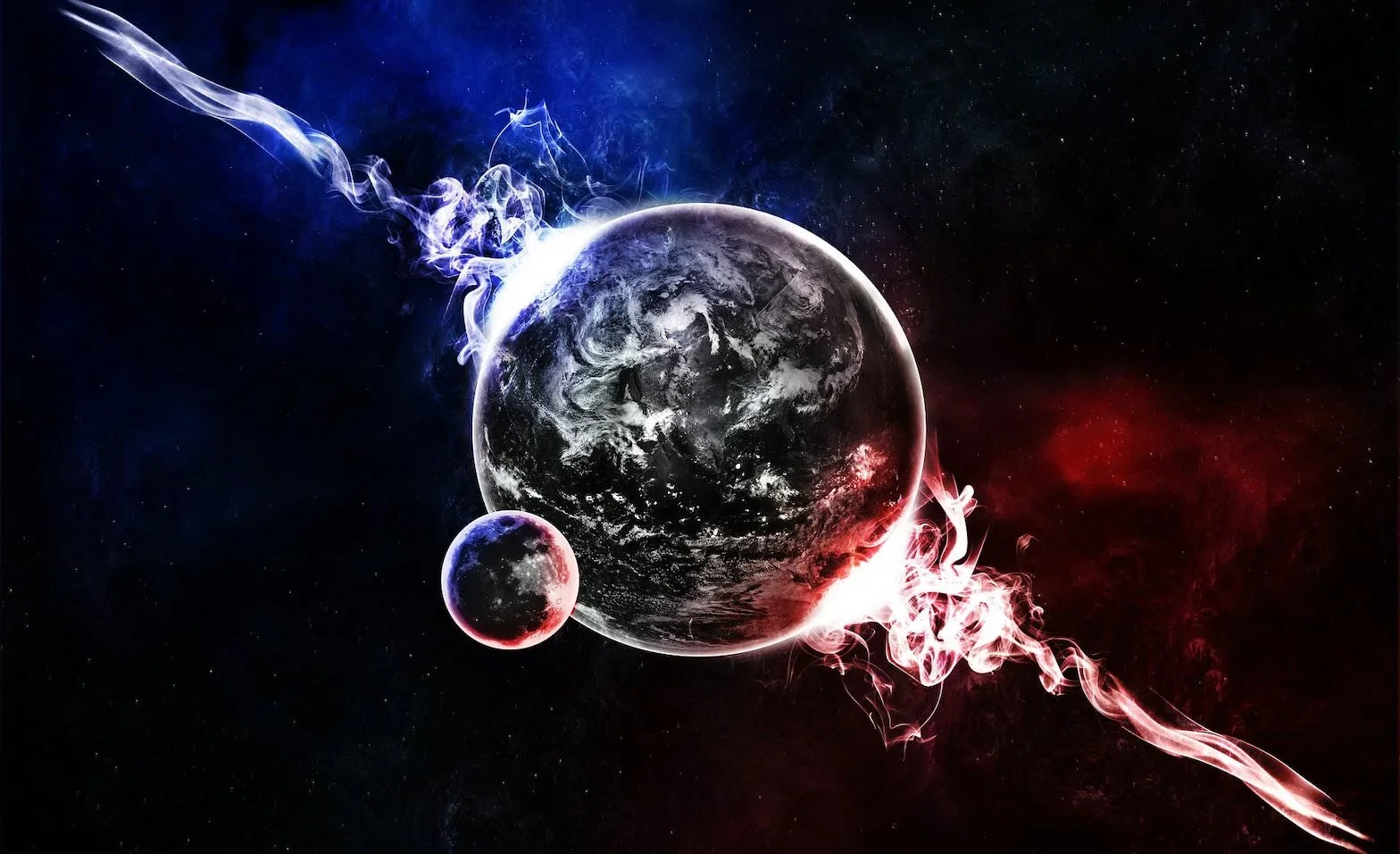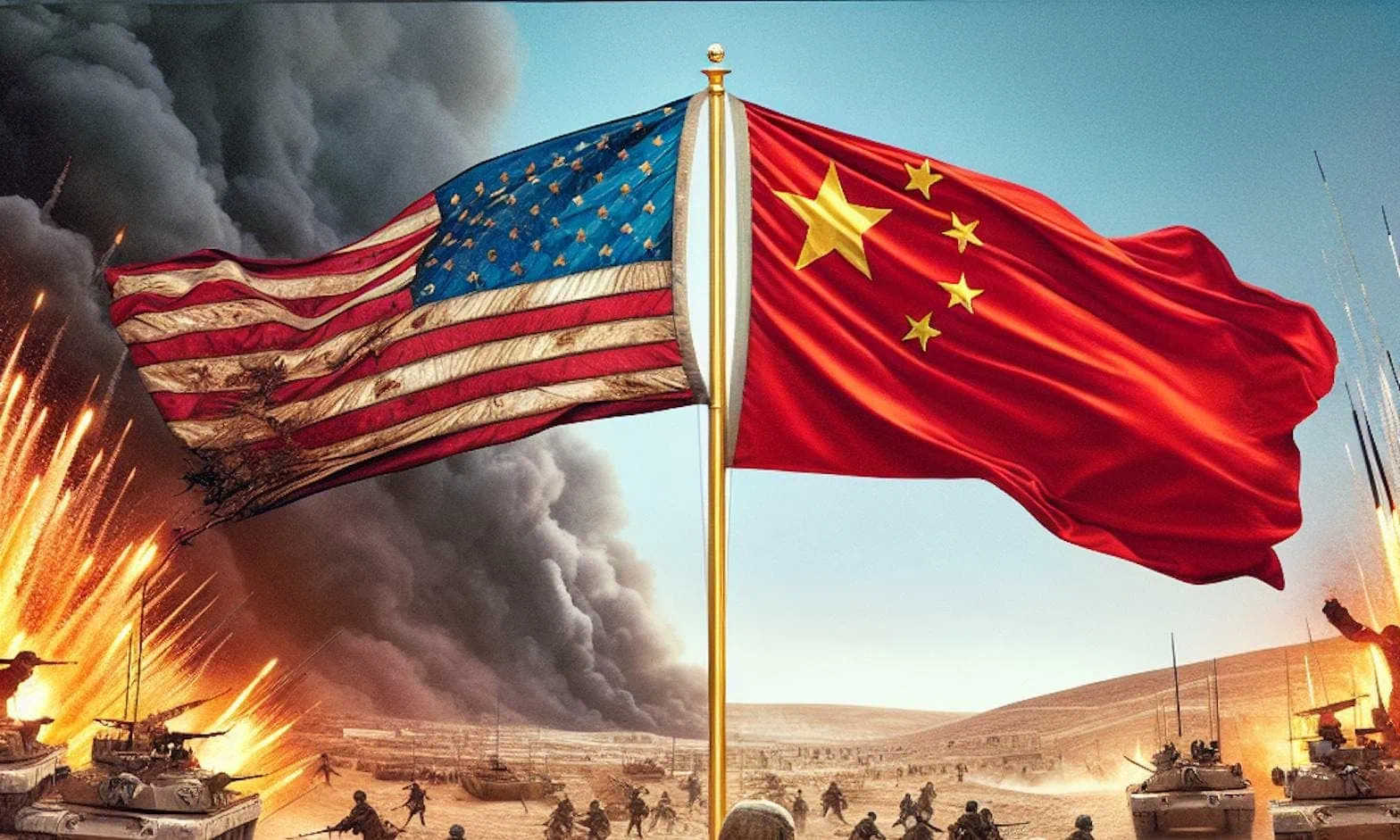On 15 March 2013, China and Iceland signed a bilateral free trade agreement (Ministry for foreign affairs, Iceland). This agreement was signed three months before the Republic of China became a “permanent observer”of the Arctic Stephen Blank, “China’s Arctic strategy“, The Diplomat, 20 June 2013), while the “Snow Dragon”, the first Chinese icebreaker, has already made five trips in the Arctic, in 1999, 2003, 2008, 2010 and 2012, at which occasion it sailed the Northern Sea Route. This political and economic move by Beijing reveals a deep evolution of the grand strategy of the People’s Republic of China, as well as the shifting balance of power in the north-Atlantic region and in the Arctic. Over the last twenty-five years, with a …
Continue reading “Arctic China (1) – The Dragon and the Vikings”










